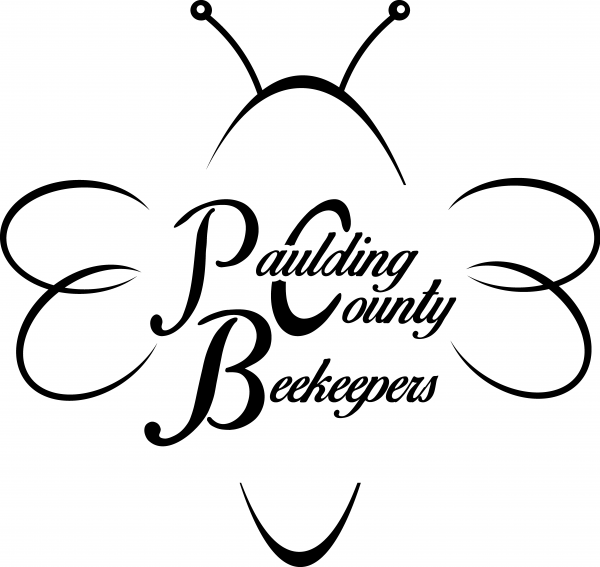Jennifer Berry’s Oxalic Acid Research Review
By Ray Jones and Bobbi VanHorn
We made a trip to Atlanta to hear Jennifer Berry present the finding of her research project on oxalic acid vapor and the effectiveness of eliminating varroa mites. She presented some interesting findings that will impact how we treat for varroa.
Varroa mites have become resistant to many of the treatments available, the latest being amitraz (ApiVar). Oxalic acid (OA) has been used for years without showing signs of the varroa building a resistance. That is great news as oxalic acid is an inexpensive treatment and not temperature (weather) dependent. There are however draw backs to using OA. OA vapor cannot penetrate capped cells which means multiple treatments are needed and treatments need to be done when the field bees have returned for the day.
One method of OA application used in some European nations is to cage the queen for 14 days then do the OA treatment on day 21 ensuring there is no capped brood. The problem with caging the queen is that it can impact her pheromone which can cause the bees can become confused and alter their behavior. It was an effective method for killing varroa, but the hive could suffer.
Jennifer Berry’s method was a take on caging the queen but rather than a cage, the queen was isolated using a queen excluder with two frames. The queen is isolated in a box above the brood and honey with one frame with comb for her to lay and the other frame with honey and pollen stores for her to eat. The queen would be contained in this space for 14 days. Being contained but not caged allowed her to continue to do what comes naturally thus keeping the hive humming as normal.
The queen was released into the lower portion of the hive on day 14 and the frame of eggs she laid was removed. On day 21 a treatment of two or three grams of OA was released into the hive in evening when the field bees had returned. This way of applying OA proved to be extremely effective showing no mites remaining and the bees not bothered.
This process was done two times a year, once in the spring after the human consumable honey was removed and once in January or February. Of course, the ambient temperatures would have to be warm enough to enter the hive to locate the queen then isolated her and then return 14 days later to allow her to roam free. In the southern regions of the US, there might be windows of warmer weather where the hive can be opened in late January or February.
Should this discovery be found to viable method of not only controlling but eliminating varroa beekeeping could once again become more rewarding.



